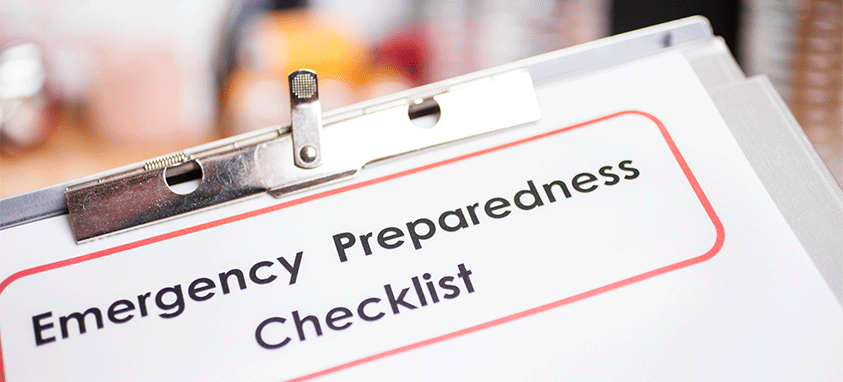Things to consider before, during and after an incident
Preparation
- Compile complete contact information (mobile phone number, email and Twitter address) for everyone involved with the program—attendees, suppliers, partners and the DMC. Local DMCs can be an invaluable resource in case of emergency, because they know what resources are available and where.
- Designate a backup venue, and a rescheduling or cancellation process (steps for distributing news of cancellation) ahead of time.
- Make sure people know how to contact you after hours, which is often when medical emergencies occur.
- Create an unwanted guest procedure by designating a code word in case someone suspicious or dangerous is at the event.
- Consider any attendees with special accommodation needs, and how they will be facilitated.
- Take time to understand the venue, what it offers and what you need to fill in. This includes fire plans, alarm sounds and meanings, and first-aid training for staff. If you have event insurance, make sure your attendees are aware of what this covers and encourage them to secure their own travel insurance for arrangements outside the events, such as airfare.
- Review safety procedures with your team beforehand so everyone knows their role in case of an emergency. Determine how communications will be handled within your team, and how they will be conveyed to attendees.
- Make sure the venue has an emergency kit, or prepare one yourself.
Mitigation
- Follow the script established during role-playing of scenarios with staff before the event. This will help everyone play their part and remain calm.
- Respond to alarms by helping attendees evacuate in a calm manner.
- If a situation separates your team, always call emergency contacts and never assume that someone else has done so.
- During a storm or an earthquake, keep away from windows.
- Never use the elevator in the event of power outages, fires or aftershocks.
- The advice in the case of an active shooter used to be to shelter in place; but now authorities recommend getting to a place of safety and helping others do the same—before calling 911.
- Wait for authorities to declare an area safe before returning or allowing others to do so.
Recovery
- After an event, when everyone has gathered, take roll call.
- Identify a reliable source of news (sheriff updates or agency websites, for instance).
- Keep everyone informed either through the contact info secured beforehand and/or through a simple web platform that directs people quickly to what they need to know.
- Make sure your team analyzes how the situation was handled and reevaluates procedure, making adjustments where necessary.
Emergency Kit
Basic, medical first-aid kit. Although it will have more items, these are the most essential.
- Sterile gauze dressings
- Sterile eye dressings
- Disposable sterile gloves
- Antiseptic cream
- Butterfly bandages/adhesive wound-closure strips
- Hemostatic (blood-stopping) gauze
- SAM splint(s) and tape
- Oral rehydration salts
- Aspirin (primarily for response to a heart attack)
- Paramedic shears (blunt-tip scissors)
- Injectable epinephrine to treat allergic reactions
- Distilled water for cleaning wounds
- Whistle
Venue Map Designations
- Emergency stations
- Exit routes
- First-aid locations
- An assembly point in and out of the venue
Emergency Contact List
- Key personnel
- Local fire and police department
- Attendees




